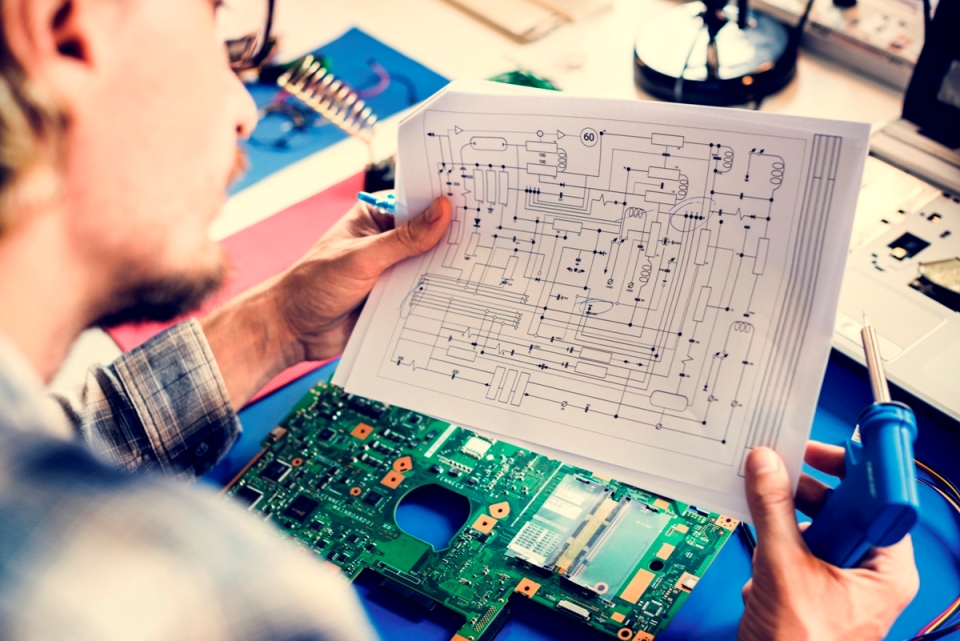Embedded System Design

Embedded system design involves the creation of computer systems that are embedded within various devices and perform specific functions. Here's a short content piece on embedded system design:
Embedded systems are the technological backbone of countless devices that surround us in our daily lives. From smartphones and wearable devices to automobiles and industrial machinery, these compact computer systems enable seamless functionality and automation. Embedded system design encompasses the process of creating such systems, combining hardware and software to meet specific requirements and optimize performance.
The design of embedded systems involves careful consideration of factors such as power consumption, size constraints, real-time operation, and reliability. Engineers must choose appropriate microcontrollers or microprocessors, design custom circuitry, and develop efficient software algorithms to enable precise control and efficient data processing.
- The process of embedded system design typically includes the following steps:
- Requirements Analysis: Understanding the desired functionality and constraints of the embedded system, including performance, power consumption, memory requirements, and connectivity.
- Hardware Design: Selecting and integrating suitable microcontrollers, sensors, actuators, and other components. Designing the circuitry, including power supply, input/output interfaces, and communication protocols.
- Software Development: Writing the firmware or low-level software that runs on the embedded system, including device drivers, real-time operating systems (RTOS), and application software. Optimizing the software for memory usage, power efficiency, and real-time constraints.
- Integration and Testing: Bringing together the hardware and software components, ensuring proper communication and functionality. Conducting rigorous testing to verify system behavior, performance, and reliability.
- Deployment and Maintenance: Deploying the embedded system into the target device or system. Providing ongoing support, troubleshooting, and software updates as needed.